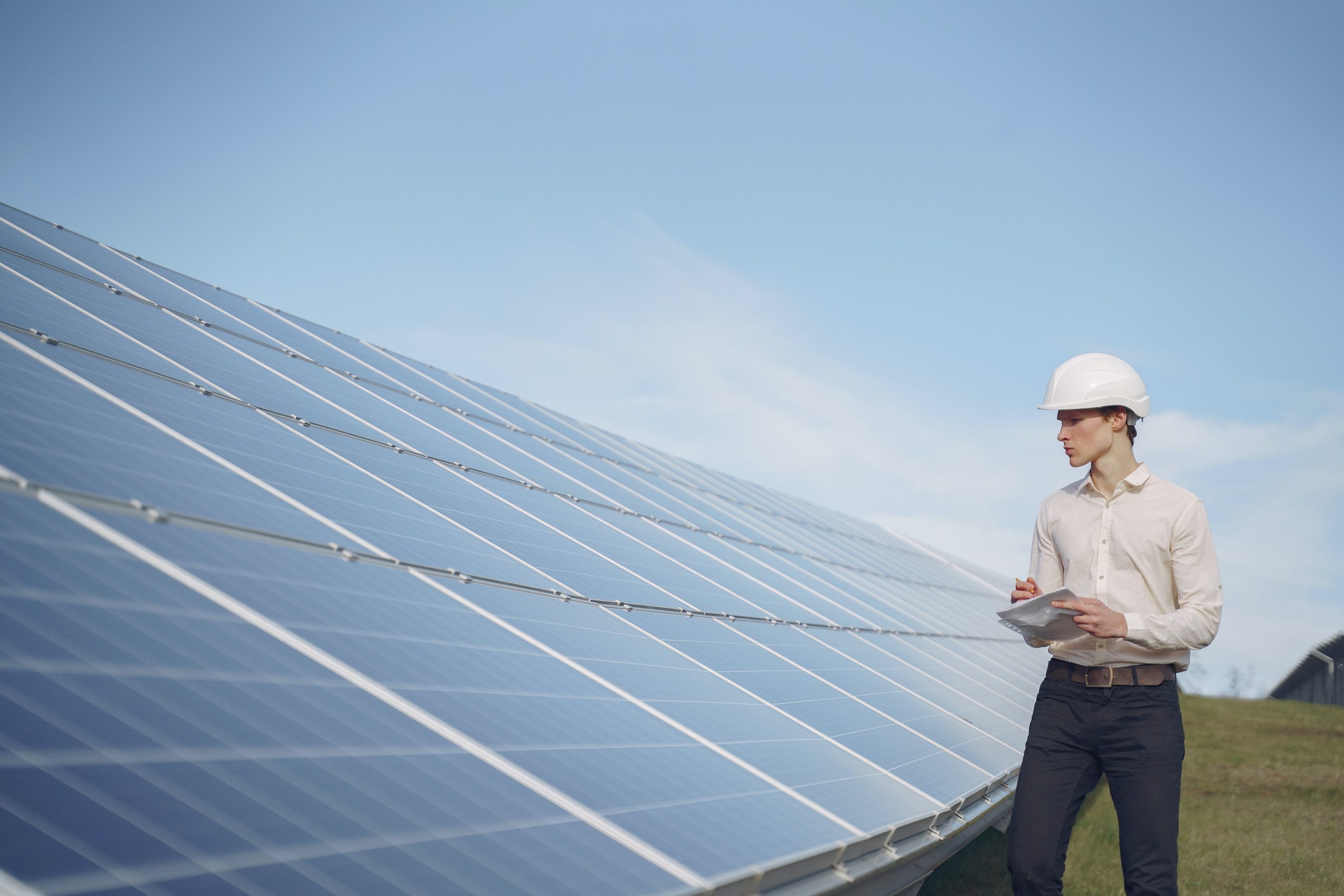Spanish scientists warned last December about the negative consequences of large-scale wind and solar farms for nature. The Spanish ministry recognises problems of concentration of large-scale solar parks.
In 2019, the largest solar park in Europe went into operation in Mula, Murcia. The park has a capacity of 494 megawatts (MW) and an area of 1,000 hectares. A year later, an even larger-scale solar park took over that position. The 1.4million solar panels of that mega solar park in Usagre in the province of Badajoz, have a capacity of 500 MW and cover an area with a diameter of approximately 4 km. That is about the same size as the city of Amsterdam (from IJ to Zuidas). Even bigger solar parks are already under construction.
Plans for more solar parks than necessary
More and more solar panels are needed in the fight against climate change. One of the goals in the Spanish climate and energy plan is to install 39,000 MW of solar panels by 2030. One year after drawing up the plan, the counter was already at 9,071 MW and the Spanish grid operator REE had a mountain of requests for a combined 211,900. MW. About half of these were rejected. However, applicants for plans for totalling 96,000 MW can, in principle, further develop their projects. Those who meet the REE criteria can then start building. But what impact do these plans have on nature?
Lack of vision
According to Spanish scientists, the tools are lacking to make good decisions in this rapid development. They are in favour of sustainable energy, but warn against loss of biodiversity. Solar parks are often built on cheap land, such as vacant lots and dry agricultural land. These are ecologically very important for bird species, such as the steppe birds, but not always protected as a nature reserve. Populations of birds such as the Great Bustard, Little Bustard, sand grouse, lark and hawk have fallen sharply in Spain in recent years. “The government receives plans that can each be properly integrated, but with many large solar parks close together you have to deal with an accumulation of effects that are difficult to assess. There is no vision of the whole”, says researcher García de la Morena.
At the end of 2020, the Spanish Ministry for the Ecological Transition presented maps for the planned development of sustainable energy. These indicate how vulnerable an area is to the placement of large solar and wind farms. According to those maps, 36% of Spanish territory is of limited sensitivity and a third is very vulnerable. The ministry also estimated how much land will be needed for solar parks to meet the renewable energy targets by 2030. This would require only 0.43% of the limited sensitive areas. “You are not going to fill all Spain with solar panels. It is only a very small part, but the concerns are justified, because they are often concentrated in certain places,” said the director general of the ministry.
Solar parks are more profitable than agriculture
According to the Spanish association of solar energy companies Unef, there is enough room for growth. “There is a lot of deserted agricultural area; we provide income for the farmers who in many cases can increase their income tenfold, “says Unef director José Donoso. Agricultural land for crops without irrigation yields only €200 to €300 and agricultural land with irrigation €700 to €900. Those who rent out their agricultural land for a solar park can ask at least €1,200 per month and in some areas up to €2,000 per month. Young farmers who want to buy land can never compete with those high land prices. The Spanish farmers’ association calls for productive agricultural land not to be used for solar farms.
Solar energy companies opt for the large scale
Unef is also in favour of large-scale solar parks. “Our technology is modular. You can place an installation of 1.5 kW on your house or make a park as big as you want. But it is clear that the bigger a solar park is, the more it will yield. Today, anyone can install solar panels. The panels in France, Portugal or Germany are the same as in Spain. Where does the competitive advantage lie? In the hours of sunshine and in the space to install solar parks at a low price. In Europe, only a part of Portugal, southern Italy, Sicily and a small part of southern France have as much sun as we do. But no one has as much land. And therefore our energy price is much lower than in other countries. There are already companies that are moving to Spain for that.”
Depending on municipal policy
Whether a mega solar park is welcomed or not now strongly depends on the municipal vision. In the municipality of Escatrón in Zaragoza, they find the nine solar parks with a combined size of 1,400 hectares (420 MW) no problem at all. In Alcalá de Guadaíra in Seville, on the other hand, they are changing the spatial planning policy to establish rules for large-scale solar parks. Four huge solar parks are already in use there and they are testing plans for four others, together good for 656 MW. According to the municipality, there are many applications for solar parks.


